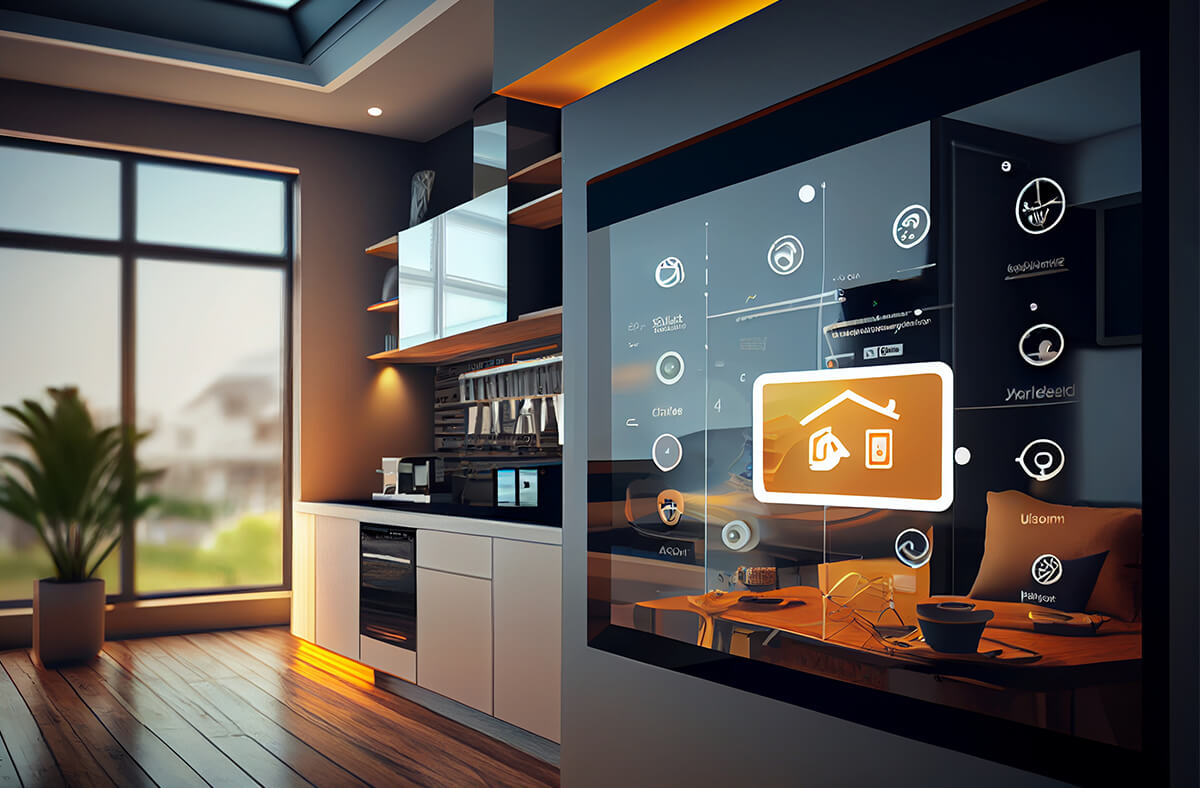What is IoT? How Smart Devices Communicate with Each Other
The Internet of Things (IoT) refers to a vast network of physical objects—ranging from household appliances to industrial machinery—embedded with sensors, software, and other technologies that enable them to connect and exchange data over the internet or other communication networks.
How Do Smart Devices Communicate with Each Other?
Smart devices within the IoT ecosystem communicate through a combination of hardware components, communication protocols, and network infrastructures. The communication process typically involves the following layers:
Physical Layer (Connectivity):
This layer encompasses the actual hardware and mediums that facilitate data transmission between devices. Common connectivity options include:
Wi-Fi: Widely used for medium-range communication, offering substantial data transfer rates suitable for home and office environments. IT Supply Chain
Bluetooth: Ideal for short-range communication, commonly employed in wearable devices and peripheral connections. IT Supply Chain
LoRaWAN (Long Range Wide Area Network): Designed for long-range communication with low power consumption, often used in large-scale deployments like smart cities. IT Supply Chain
Cellular Networks (4G/5G): Utilized for wide-area coverage, enabling devices to connect over long distances without relying on local networks. IT Supply Chain
1.Communication Protocols:
MQTT (Message Queuing Telemetry Transport): A lightweight, publish-subscribe protocol optimized for low-bandwidth, high-latency networks, commonly used in IoT applications.
HTTP/HTTPS (Hypertext Transfer Protocol): Standard protocols for transmitting data over the web, often used when IoT devices interact with web services.
CoAP (Constrained Application Protocol): Designed for resource-constrained devices, enabling efficient communication over the internet.
-
Data Processing and Cloud Integration:
After data is transmitted through the physical layer and formatted via communication protocols, it is often sent to cloud platforms for processing, analysis, and storage. This integration allows for more complex computations and centralized management of devices.
-
Device-to-Gateway Communication:
In many IoT architectures, devices connect to an intermediary gateway that aggregates data before transmitting it to the cloud or central servers. This approach enhances efficiency and can provide additional security layers. Turnkey Software Development
By leveraging these layers and technologies, IoT devices achieve seamless and efficient communication, enabling a wide array of applications across various sectors, including smart homes, healthcare, industrial automation, and more.






